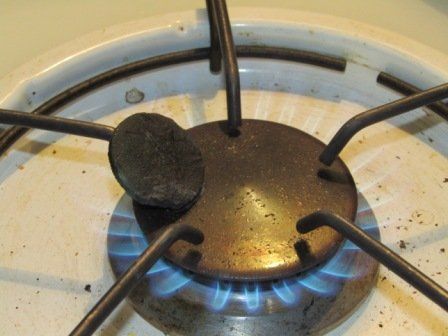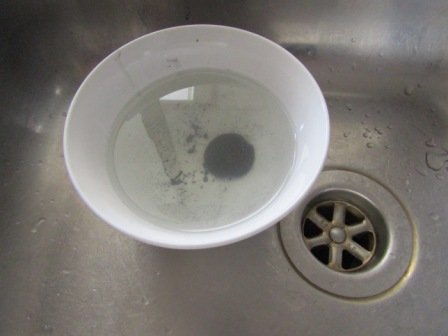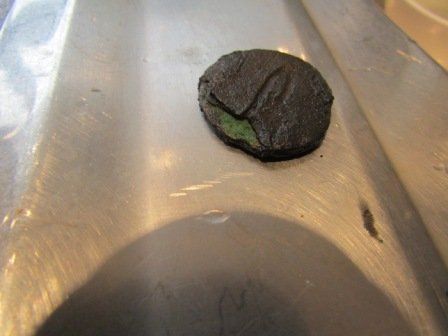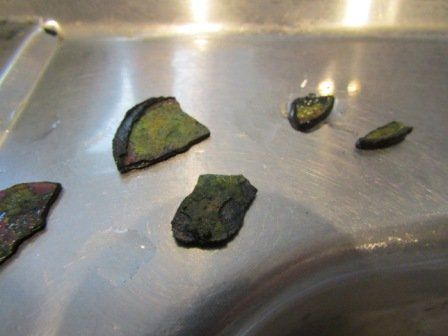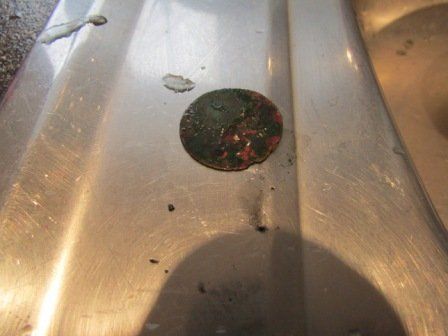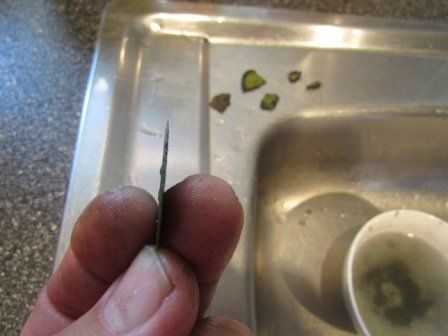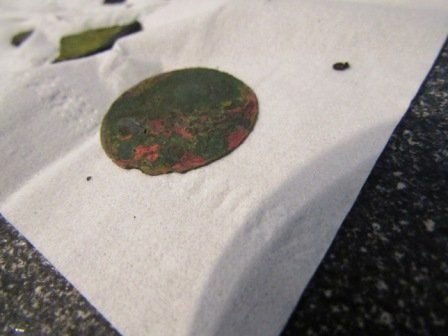Hi PA people, Long time no talk, I've been busy being retired. 
I went to Rapid Bay SA about 12 months ago for a swing through the camping grounds. Very quiet day it was, mid winter.
There must have been a hoovermatic in before me, as the ground was very clean, certainly not contaminated with spendables or pre-decimals.
I gave the sand along the beach a bit of a crack, and came up with this disc, hidden deep in the sand, way up above hi water mark, and covered with a sleeper used to delineate the beach from the caravan park.
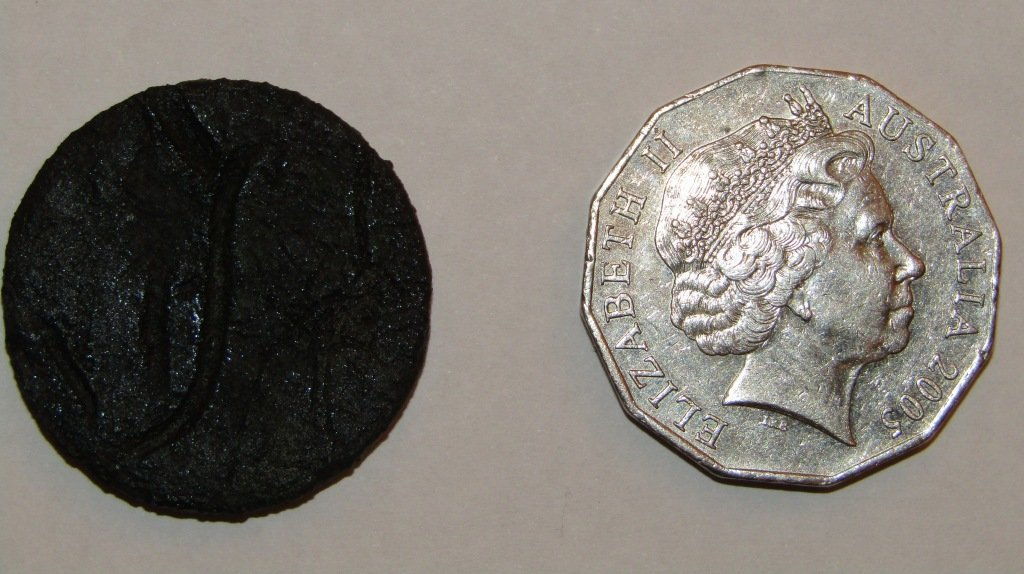
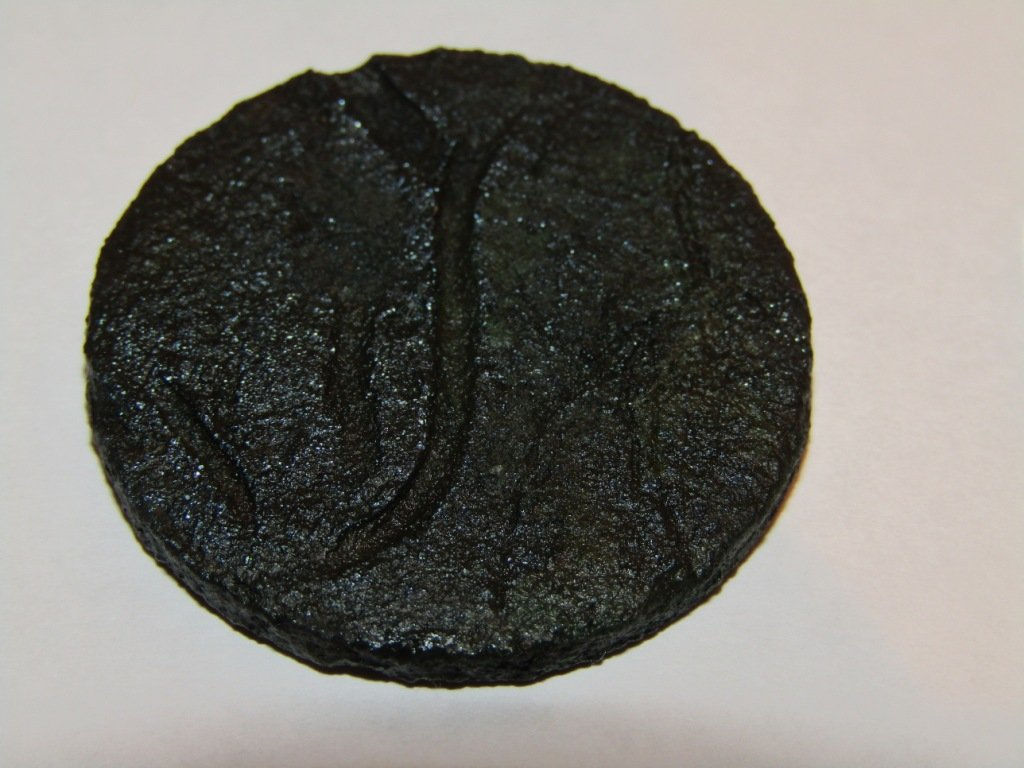
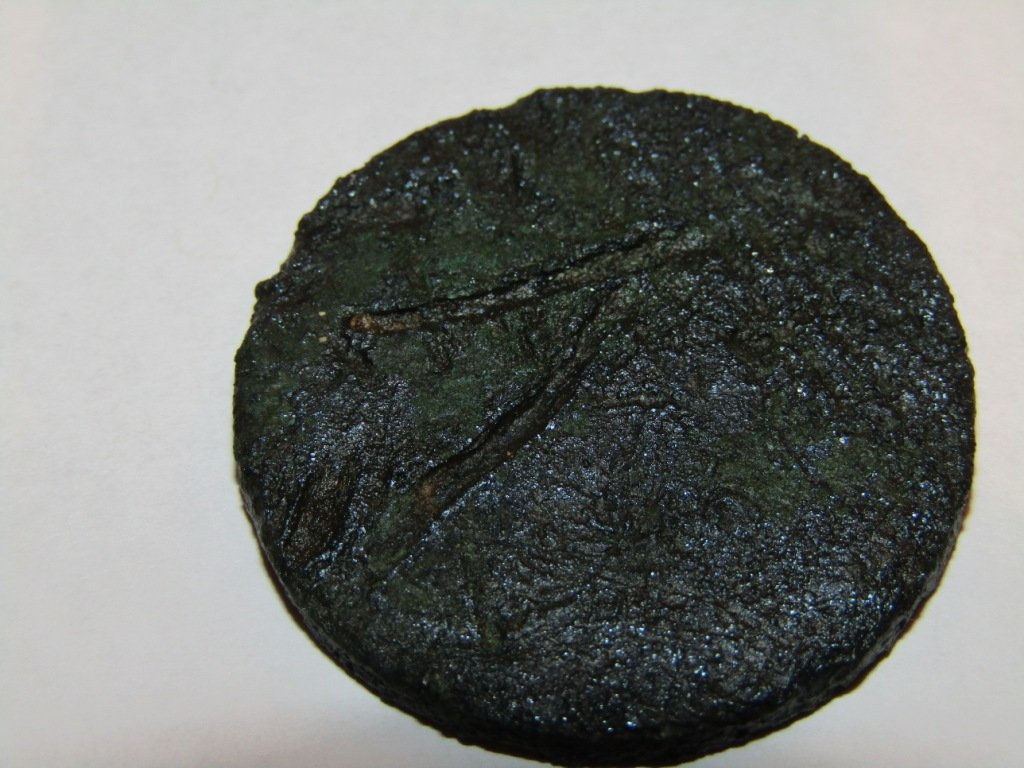
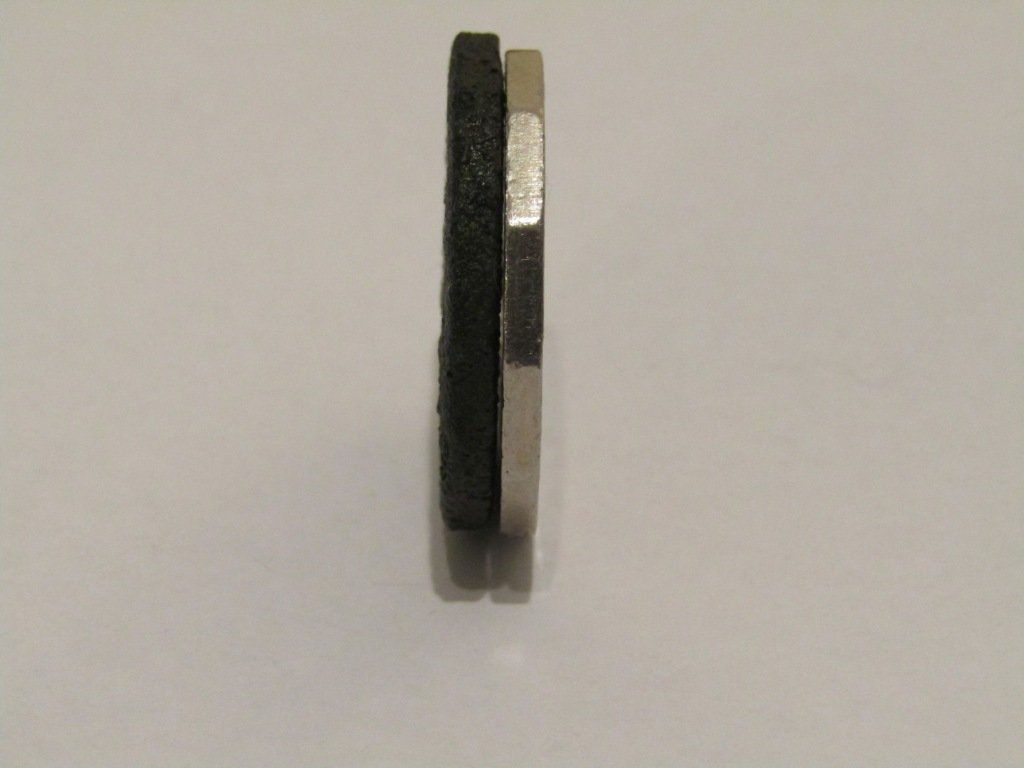
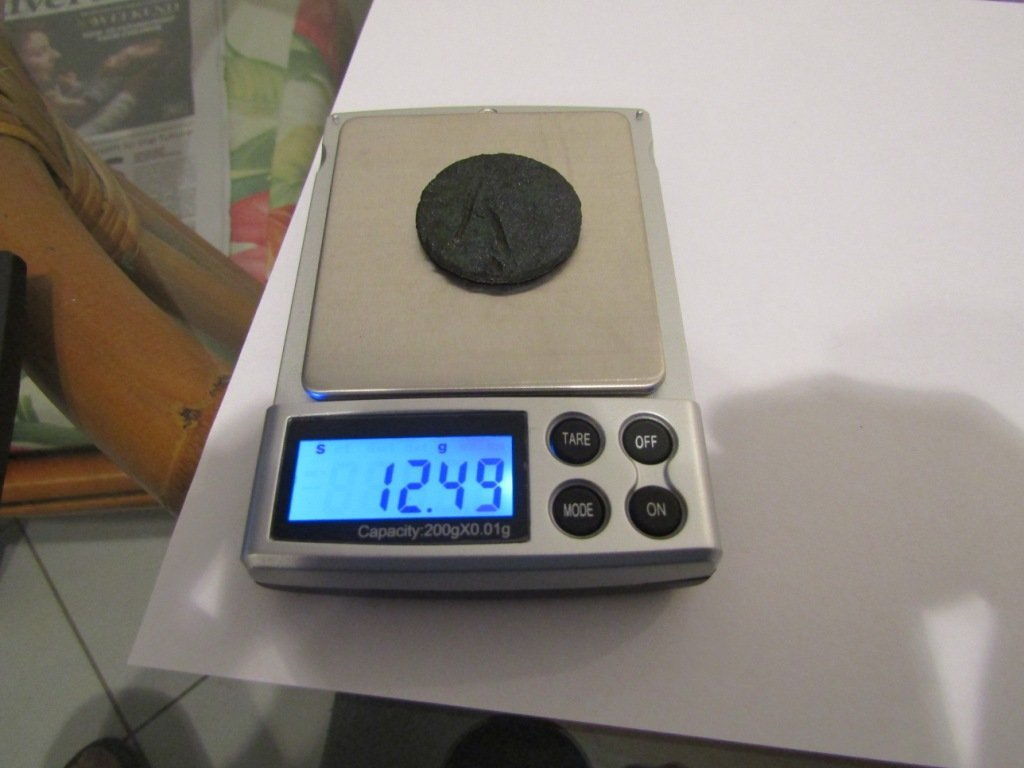
It is approx 32mm dia - weighs around 12.5 grams, is not attracted at all by any magnet. There are deep gouges on both faces and I can't discern any pattern or markings.
I had forgotten about the find until recently going through a tin of odds and ends.
I have had it soaking in olive oil for over three weeks with no discoloration bleeding into the oil, and certainly no cleaning effect to the disc.
It does have a distinct green/blue copper hue to its darkness.
Any thoughts???, I imagine if it is a coin it will be toast underneath, but can anyone suggest a way to remove some of the corrosion?
I went to Rapid Bay SA about 12 months ago for a swing through the camping grounds. Very quiet day it was, mid winter.
There must have been a hoovermatic in before me, as the ground was very clean, certainly not contaminated with spendables or pre-decimals.
I gave the sand along the beach a bit of a crack, and came up with this disc, hidden deep in the sand, way up above hi water mark, and covered with a sleeper used to delineate the beach from the caravan park.





It is approx 32mm dia - weighs around 12.5 grams, is not attracted at all by any magnet. There are deep gouges on both faces and I can't discern any pattern or markings.
I had forgotten about the find until recently going through a tin of odds and ends.
I have had it soaking in olive oil for over three weeks with no discoloration bleeding into the oil, and certainly no cleaning effect to the disc.
It does have a distinct green/blue copper hue to its darkness.
Any thoughts???, I imagine if it is a coin it will be toast underneath, but can anyone suggest a way to remove some of the corrosion?




